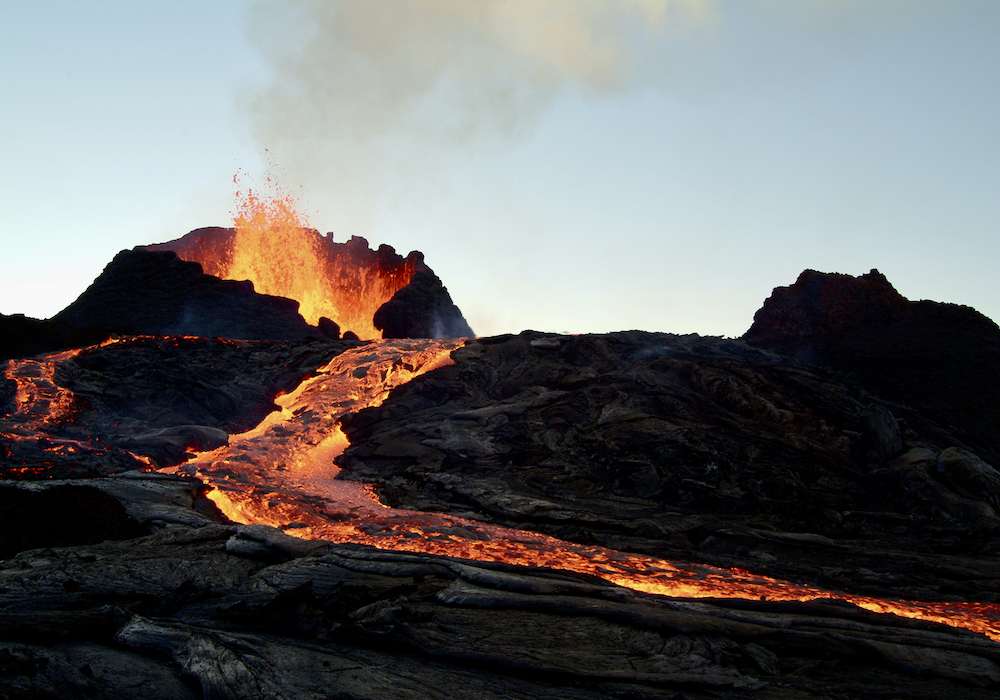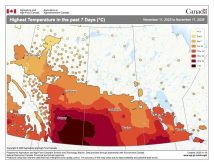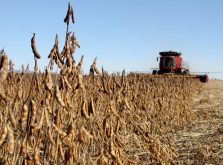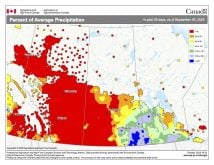Several weeks ago, I received a question about the Tonga volcanic eruption that occurred Jan. 15, 2022. I was asked what impact that eruption may have had on our climate and whether it contributed to record-breaking global temperatures last year.
One headline in particular stood out for me regarding those high temperatures, but probably not in the way you think. That headline was “How 2023 broke our climate models.”
There are still people grasping for anything, other than human activity, that they can implicate as the cause of global warming. The argument this time is, since weather models did not correctly predict the 2023 spike in global temperatures, they must be faulty and therefore cannot be trusted.
Read Also
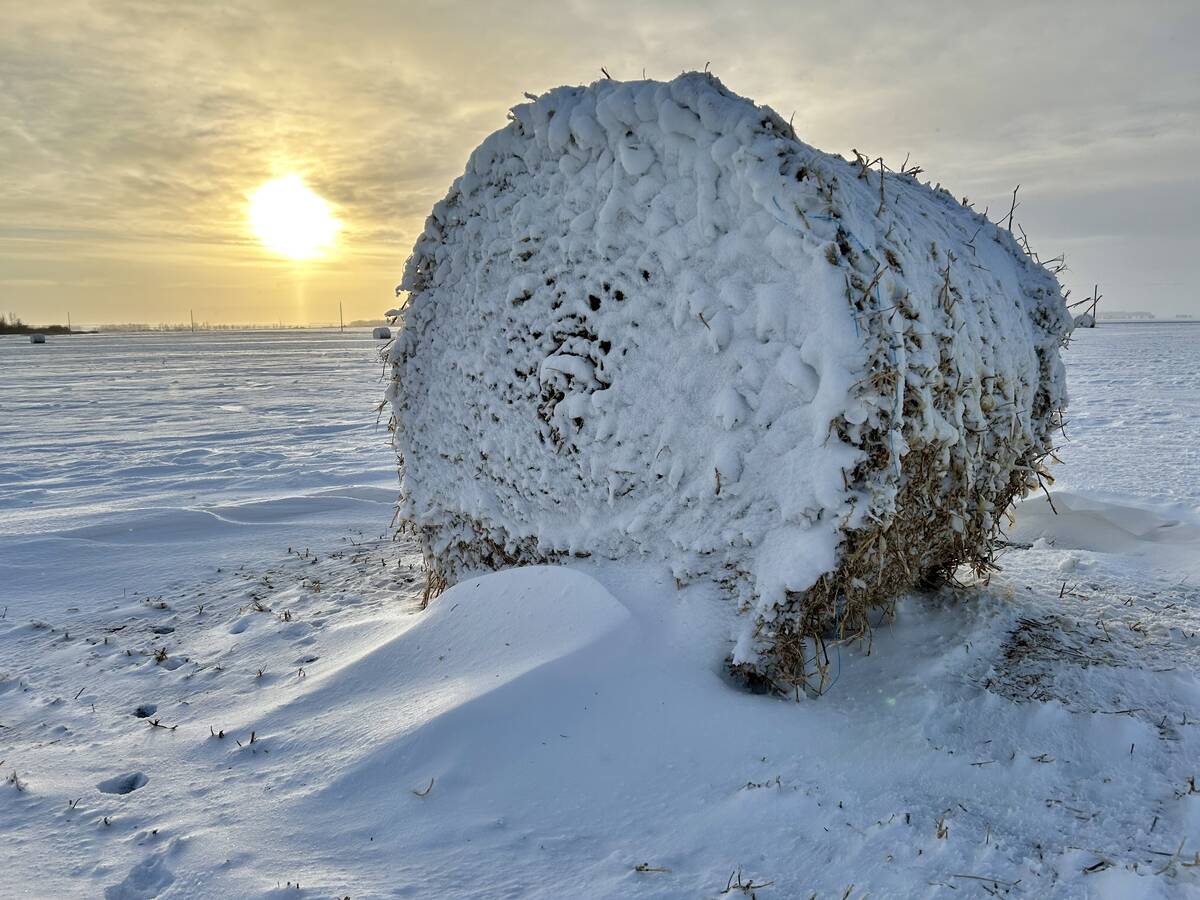
Prairie winter snowfall forecast 2025-2026
How much snow should farmers in Alberta and elsewhere on the Canadian Prairies expect for the rest of December 2025 and into January-February 2026?
That is a load of you-know-what. Are the weather models perfect? Definitely not. Are they getting better ? Yes, but there are still complex interactions between the Earth and the atmosphere, including humans, that scientists and their models are still trying to figure out.
I’m not saying the reader who asked this question thinks this, but other emails imply exactly that. My concern is that the weather models have been over-predicting temperatures, if anything. So, the fact that they under-predicted might be a warning sign for the years ahead. I hope not.
To understand how or whether the Tonga volcanic eruption helped drive record-breaking temperatures in 2023, we need a primer on volcanoes and how they can impact our weather and climate. Let’s look specifically at the Tonga event and its role in a later article.
Throughout Earth’s history, volcanic eruptions have played a significant role in development of our atmosphere. This volcanic activity also helps shape our global climate patterns, sometimes affecting only local weather and climate patterns, and other times exerting a global influence.
Take the infamous year without a summer in 1816. That year, and for several years after, the planet saw a dramatic cooling of 0.4 C to 0.7 C. This triggered crop failures and food shortages across much of the Northern Hemisphere for several years after the eruption of Mount Tambora in Indonesia.
This cooling was the result of a volcanic winter triggered by that eruption, which is considered one of the largest in the last 1,500 years.
Most volcanic eruptions cause global cooling. The amount and duration depends on several factors: the amount of ash put into the atmosphere; how high into the atmosphere the ash goes; where the eruption occurs; and how much sulfur dioxide is released.
Let’s work backwards by looking at sulfur dioxide emission during volcanic eruptions. As magma ascends to the surface, it carries vast quantities of this gas, which, upon release into the atmosphere, undergoes a series of chemical reactions. Chief among these is the conversion of SO2 into sulfate aerosols through oxidation of sulfur gases and their subsequent interaction with water vapour.
These very small aerosols scatter incoming solar radiation, creating a veil that dims the intensity of sunlight reaching the Earth’s surface. This phenomenon is known as volcanic cooling, and we see this as a reduction in surface temperatures.
Along with SO2, the injection of ash and particulate matter into the atmosphere can also diminish sunlight’s penetration, intensifying the cooling effect initiated by sulfate aerosols. So far, the impact of volcanic eruptions seems fairly straightforward.
Unfortunately, these are not the only gases released during eruptions. Large quantities of carbon dioxide and water vapour can be released, and these gases can introduce a contrasting dynamic to the SO2 and ash. While sulfate aerosols scatter sunlight, greenhouse gases trap outgoing infrared radiation, exerting a warming influence on the climate.
This interplay underscores the complexity of volcanic impact on global temperatures. Increasing that complexity is that different eruptions will have different percentage of these gases. Tambora, for example, ejected a lot of ash and SO2, while the Tonga eruption, which we will examine later, had a lot of water vapour.
Location of the eruption can also affect the impact on Earth’s climate. Low latitude eruptions tend to have a bigger global impact, as volcanic ash and aerosols often reach higher altitudes where strong winds can spread them over a much larger area.
An example is the Iceland eruption in 2010. While it affected air travel and air quality over much of the northern Atlantic and Europe, it did not have much of a global impact due to its northern location.
Beyond the immediate aftermath of eruptions, there are a number of climate impacts that can unfold. For example, volcanic heat and gases injected into the atmosphere can initiate a chain reaction of atmospheric and oceanic responses, each contributing to the behaviour of global climate patterns.
Looking at oceanic circulation, volcanic eruptions can disrupt established patterns of heat distribution, altering the pace and direction of currents that traverse the world’s oceans. These disruptions can have far-reaching consequences.
If we look at eruptions at higher latitudes, the deposition of volcanic aerosols onto ice surfaces can modulate reflectivity, or albedo, of these regions by darkening the surface. As glaciers and ice caps absorb more sunlight due to reduced albedo, they undergo accelerated melting, leading to sea-level rise and alterations in oceanic salinity gradients.
These changes can exert profound effects on global climate dynamics, amplifying the impact of volcanic eruptions on Earth’s climate.


